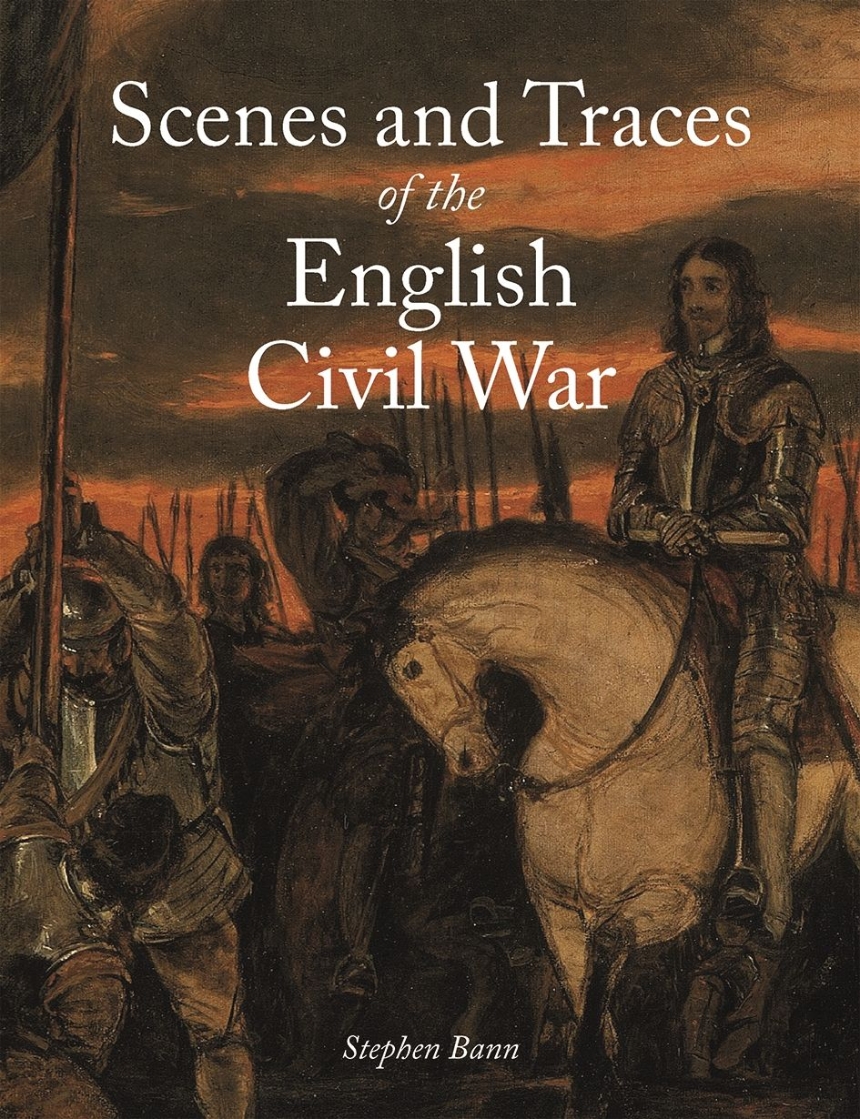Distributed for Reaktion Books
Scenes and Traces of the English Civil War
The English Civil War has become a frequent point of reference in contemporary British political debate. A bitter and bloody series of conflicts, it shook the very foundations of seventeenth-century Britain. This book is the first attempt to portray the visual legacy of this period, as passed down, revisited, and periodically reworked over two and a half centuries of subsequent English history. Highly regarded art historian Stephen Bann deftly interprets the mass of visual evidence accessible today, from ornate tombs and statues to surviving sites of vandalism and iconoclasm, public signage, and historical paintings of human subjects, events, and places. Through these important scenes and sometimes barely perceptible traces, Bann shows how the British view of the War has been influenced and transformed by visual imagery.
288 pages | 63 halftones, 48 color plates | 7 1/2 x 9 3/4 | © 2020
Art: British Art
History: Military History
Reviews
Table of Contents
Introduction
1 Speaking Stones: Inscriptions of Identity from Civil War Monuments
2 A Kentish Family in Wartime: The Bargraves of Bifrons
3 Kings on Horseback: Charles I’s Statue at Charing Cross and its Afterlife
4 Whig Views of the Past: Horace Walpole and Co.
5 Illustrating History: Visual Narratives from the Restoration to Hume’s History of England
6 Boots and All: Cromwell Evoked by James Ward and Paul Delaroche
7 French Genre for English Patrons: Paul Delaroche’s Charles I Insulted by the Soldiers of Cromwell
8 A Sense of an Ending: Problems of English History Painting in the Nineteenth Century
Chronology
Bibliography
Acknowledgements
List of Illustrations
Index
1 Speaking Stones: Inscriptions of Identity from Civil War Monuments
2 A Kentish Family in Wartime: The Bargraves of Bifrons
3 Kings on Horseback: Charles I’s Statue at Charing Cross and its Afterlife
4 Whig Views of the Past: Horace Walpole and Co.
5 Illustrating History: Visual Narratives from the Restoration to Hume’s History of England
6 Boots and All: Cromwell Evoked by James Ward and Paul Delaroche
7 French Genre for English Patrons: Paul Delaroche’s Charles I Insulted by the Soldiers of Cromwell
8 A Sense of an Ending: Problems of English History Painting in the Nineteenth Century
Chronology
Bibliography
Acknowledgements
List of Illustrations
Index

